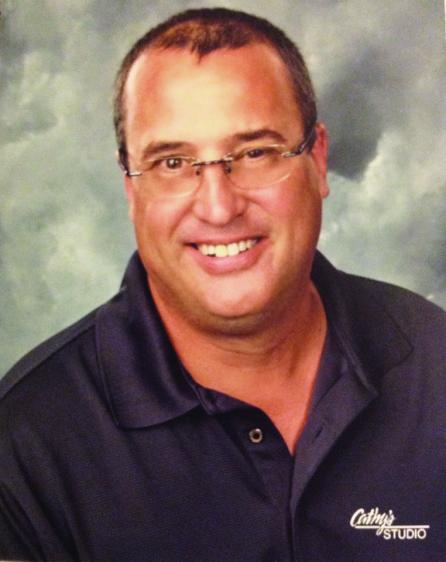ILSOYADVISOR POST
Agronomy: A Thinking Guide to the 2016 Soybean Crop - Part 1: Herbicides and Seed
I could have easily dropped the soybean part of the title. There’s a lot of hand-wringing going on about what do to in 2016. It starts with current commodity prices multiplied by an average yield, with the result being a number that most producers say is below break-even. That’s when the overthinking begins. What to cut, where to cut, why cut and what to do with what’s left? I have heard some wild ideas and wild plans this fall as some try to rationalize their plan for next year.
So here is a three-part series with some tips on how to work your way through planning the 2016 soybean crop.
First, do the math on your weed control program. Let’s be real, you are going to need a layered approach, no matter what herbicide tolerant variety you plant. Consider all the applications, from burn down (if you no-till), a residual all the way to the last post pass you will have to make to protect yield. And let’s do the REAL math, add in the adjuvants, surfactants, cost of application and any other cost that gets thrown in the tank—this will be costly.
Can any of those “add-ons” be dropped and not effect weed control? If so cut them out. Now compare different weed control programs. What is your cost per acre? Does that program target your weed control issues? If not start over and refigure. Remember your goal is to control weed pressure and maintain a profit per acre.
Then do one last thing: remember what your fields and yields looked like the last time you tried a cut rate herbicide program? Yeah, you remember don’t you? So don’t go into this new season thinking you can cut back. It doesn’t work.
Ok, now we have a chemical program that will do what we want it to do and at a cost that we understand. Note I didn’t say a cost you liked, but it’s important to understand what it is going to cost.
Now let’s take that chemical program and let’s match it to the seed genetics we need. Yes, let’s look at the genetics from the seed company—first for that herbicide tolerant gene—and then let’s see what other chemical interaction there might be between the chemicals we want to use and those particular genetics. Since the introduction of Roundup Ready, growers have relied on glyphosate and have forgotten that herbicides can damage crops and reduce yield. As you move back to a more conventional weed control program, consider the impact of these herbicides on the growth and performance of the varieties you plant.
If you plan to use a certain chemistry in your weed control program make sure you don’t plant a seed bean that is sensitive to that chemistry. You will end up costing yourself yield no matter how great that number is “in the plots.” Most seed companies maintain sensitivity charts for how their products perform against different herbicides; consult them as you make your seed selections in combination with your chemical program.
Spend just as much time with your seed dealer—digging into the specifics of the genetic package that you want to plant—as you do when doing the math on the herbicide program. They go hand in hand to insure a good result, both in weed control and yield.
In Part 2 we will look at fertility and seed treatment.
Kelly is serving as the Illinois Soybean Association Double-Crop Specialist. He was raised on the family farm in Benton, Illinois and graduated from Southern Illinois University (SIU)-Carbondale with a BS in Agriculture Education and Mechanization, and a Master’s of Science (MS) in Plant and Soil Science. Kelly has spent 25 years as a soil fertility agronomist and precision agriculture consultant in southern Illinois while also spending 4 years as a Farm/Agronomy Manager and GIS Coordinator for a large farm in southeastern Illinois. He is a Certified Professional Agronomist and a Certified Crop Advisor.





Comments
Add new comment